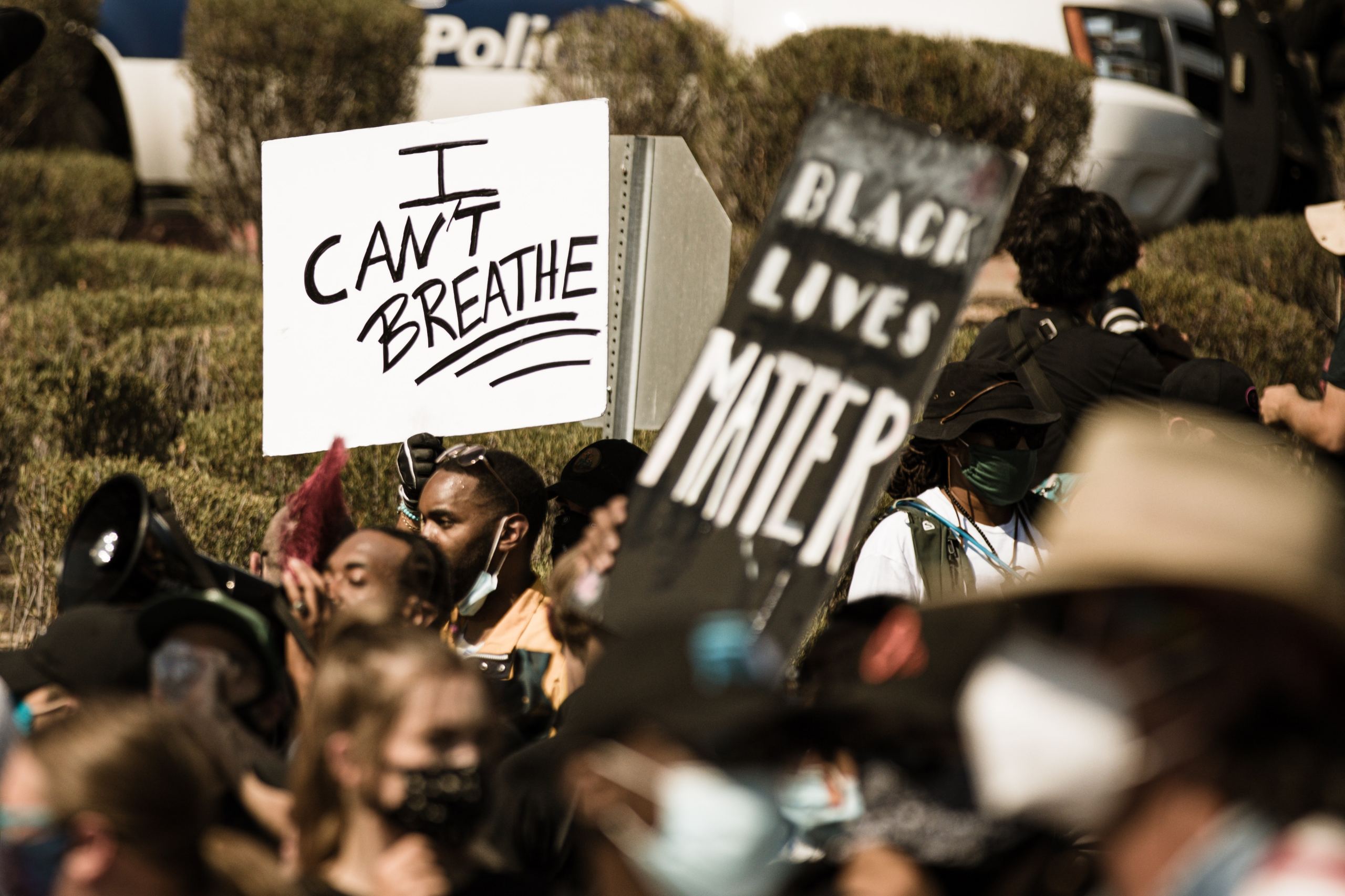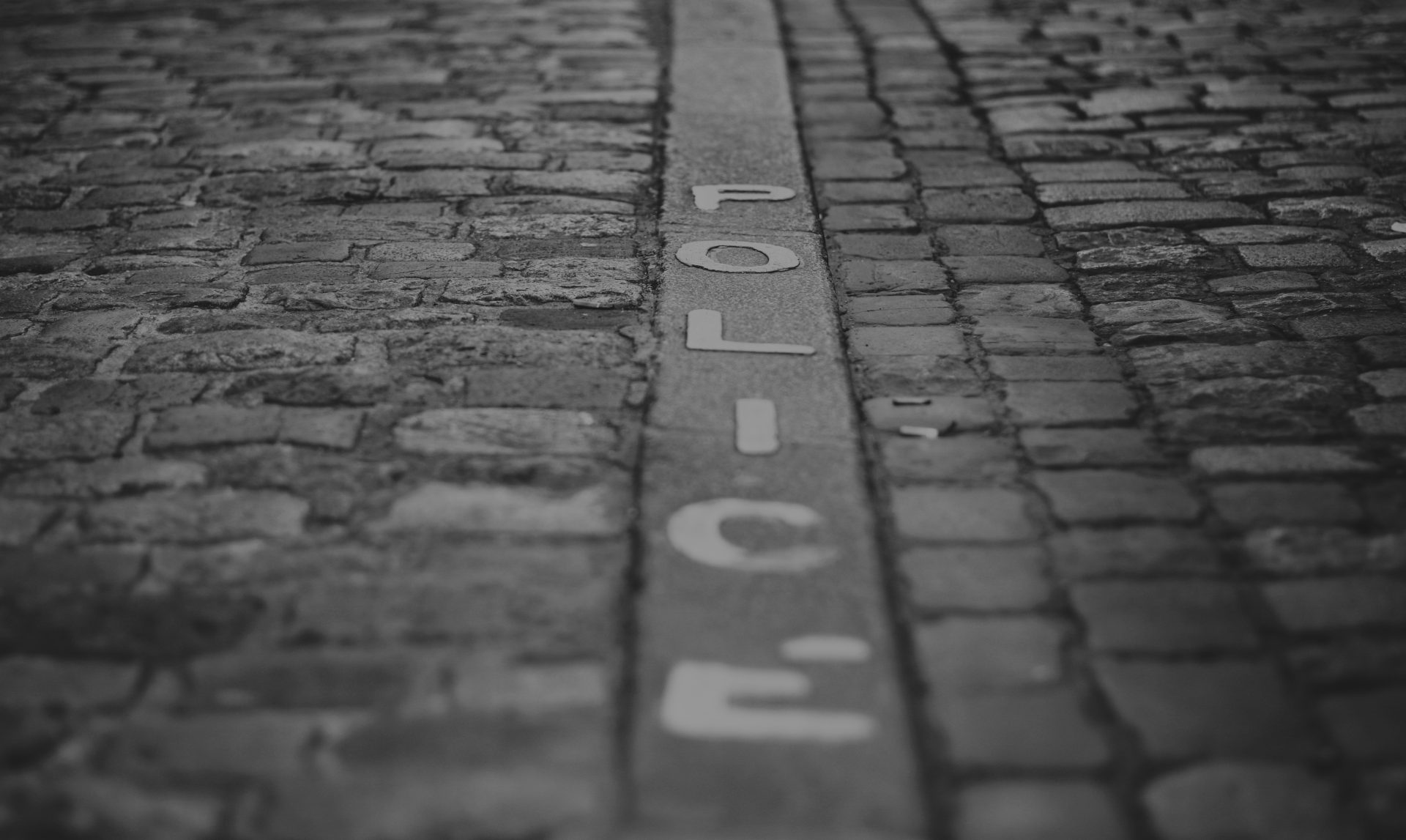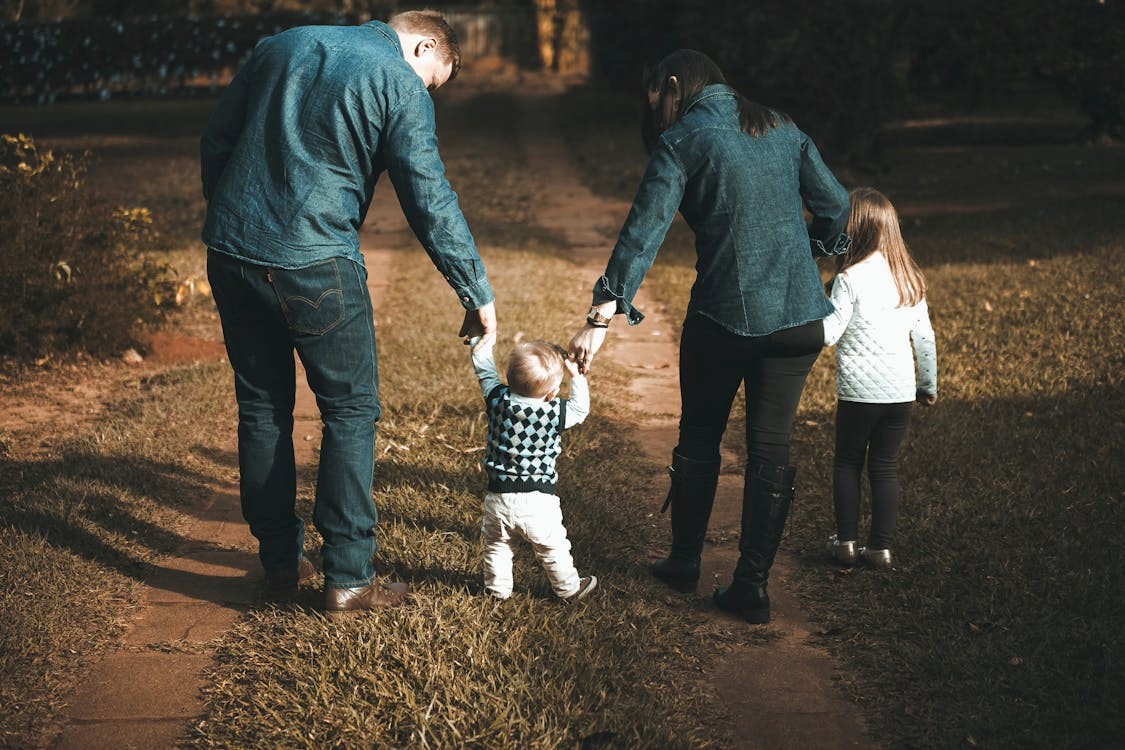Today’s news out of the Broncos Rugby League headquarters about an alleged “drunken incident” involving star centre James Roberts has let more than a few old spectres out of the closet. Newspapers today reported that an allegation Roberts verbally abused a barmaid in a drunken rage at the Normanby Hotel has been referred to the NRL’s integrity unit, which reportedly imposed a 12 month alcohol ban on Roberts in 2014 following his sacking at Penrith.
Photo: Sides Imagery
Source: Pexels
I know nothing of Mr Roberts’ history or of the alleged incident at the Normanby Hotel, but I was interested to see mention of the once infamous “chokehold” in the story. According to the newspapers, Roberts was involved in a verbal stoush with a barmaid at the hotel. He then “passed out after a security guard applied a chokehold to restrain him.”
The application of a chokehold is a very effective way of subduing someone. It involves placing one’s arm around the victim’s neck, usually from behind, with the assailant’s elbow and forearm strategically aligned so that when applying pressure on the forearm with the free hand the victims neck is constricted from both sides. The object of the exercise is to place pressure on the blood vessels which feed blood to the brain. As those vessels are constricted, and the blood flow to the brain is interrupted, the victim quickly loses consciousness, thereby becoming entirely compliant to the assailant. If the hold is maintained too long, the cessation of blood flow to the brain will eventually cause death.
Once upon a time the chokehold was routinely taught to aspiring young police officers at the Queensland Academy, but it reportedly fell out of favour several decades ago following a number of highly controversial incidents. In the late 1980s I acted for a police officer who was charged with doing grievous bodily harm after the chokehold he applied to a drink driver actually popped the man’s eye completely out of its socket. That and other incidents reportedly caused a rethink of the QPS physical education curriculum, but I’m wondering whether the once infamous chokehold is now making something of a comeback.
In July 2014 I wrote a piece entitled “When are young cops going to be taught choker holds are lethal?” about the tragic death of 43-year-old father of six Eric Garner who was placed in a chokehold by police on the streets of New York. More recently allegations concerning the use of the chokehold have arisen in various court cases involving both police and security officers. Just earlier this week I finished a long-running court case in which my client, a young man charged with assaulting and resisting police in a provincial hotel, claimed he was in fact the victim of an unprovoked attack by a police officer who grabbed him in a chokehold from behind. My client was found not guilty of all charges, and while the magistrate could not positively conclude the chokehold was used, the defendant was adamant it was.
Obviously, it is both sensible and necessary for police officers, security guards, and the like, to be effectively trained on how they can quickly and safely restrain suspected offenders. But if that training includes instruction on the use of the chokehold, I can only hope it also encompasses close counsel on the potentially very serious damage that can be done in the process. Having acted for clients on both sides of that particular equation, I’m painfully aware of how very distressing the consequences can be.
One punch can kill, and so can a chokehold.













